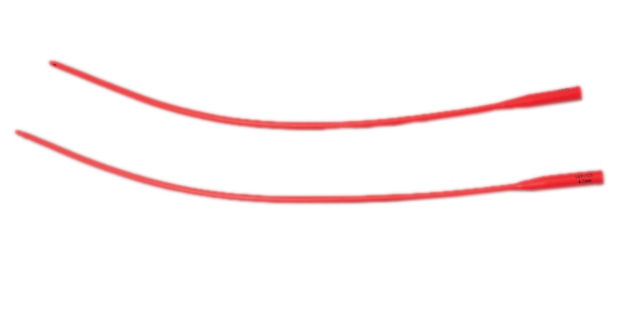
A urethral catheter is a thin, flexible tube inserted into the urethra (the tube that carries urine from the bladder to the outside world). A urethral catheter is used in certain medical conditions, including bladder cancer and interstitial cystitis.
| Ref. No.: | Size: | Length: | Qty.Cs: |
|---|---|---|---|
| NMU200506 | 6 Fr/ Ch | 270MM | 400 |
| NMU200508 | 8 Fr/ Ch | 270MM | 400 |
| NMU200510 | 10 Fr/ Ch | 270MM | 400 |
| NMU200512 | 12 Fr/ Ch | 400MM | 400 |
| NMU200514 | 14 Fr/ch | 400MM | 400 |
| NMU200516 | 16 Fr/ch | 400MM | 400 |
| NMU200518 | 18 Fr/ch | 400MM | 400 |
| NMU200520 | 20 Fr/ch | 400MM | 400 |
| NMU200522 | 22 Fr/ch | 400MM | 400 |
There are a number of reasons why you might need to use a urethral catheter. For example, if you have an enlarged prostate or if you are having a surgery that requires the insertion of a urethral catheter. In this article, we will discuss the different types of urethral catheters and how to choose the right one for your needs.
A urethral catheter is a thin, flexible tube inserted into the urethra (the tube that carries urine from the bladder to the outside world). A urethral catheter is used in certain medical conditions, including bladder cancer and interstitial cystitis.
How do I use a urethral catheter?
There are several ways to use a urethral catheter. You can insert it through the penis using a special surgical procedure called a urethral catheterization. You can also insert it using a syringe and pump. In either case, your doctor will give you instructions on how to use the device.
How do I use a urethral catheter?
There are several ways to use a urethral catheter. You can insert it through the penis using a special surgical procedure called a urethral catheterization. You can also insert it using a syringe and pump. In either case, your doctor will give you instructions on how to use the device.
In order to better understand urethral catheters and their various types, it is important to first understand their purpose. Urethral catheters are inserted into the male urethra to facilitate urinary drainage. There are two main types of urethral catheters: red latex and silicone. Red latex catheters are made from a material that is similar to rubber and is colored red to make it easier to see. Silicone catheters are made from a synthetic material and are flexible, making them more comfortable to wear.
If you're considering using a urethral catheter (also known as a red latex catheter), there are a few things to keep in mind. Here are some tips on how to use one:
1. Make sure that the person you're using the catheter on is comfortable with it.
2. Clean the area around the urethra before you insert the catheter.
3. Insert the catheter slowly and steadily.
4. Avoid pushing too hard on the catheter – this could cause it to break or fracture.
5. If you experience any pain, stop using the catheter and consult with a doctor.
When to Remove the Urethral Catheter
The decision to remove a urethral catheter is a personal one that should be made in consultation with your doctor. A catheter should be removed if it becomes impossible to pass urine or if it becomes uncomfortable. The decision to remove a catheter should also be based on the patient's general health and how well they are doing overall.
\snUrethral catheters come in a variety of shapes and sizes, but the most common are made from red latex. The main concern with these catheters is their potential to cause infections.\sn\snThe most common side effect of urethral catheters is an infection called urinary tract infection (UTI). This infection can occur when bacteria from the environment gets into the catheter and grows unchecked. Risk factors for developing a UTI include having a UTI before getting a urethral catheter, being infected with a type of bacteria that commonly causes UTIs, having a long catheter stay or using a high-pressure catheter.\sn\snIn some cases, the use of a urethral catheter can lead to kidney damage. This occurs when urine accumulates in the kidney and causes it to fail. Symptoms of kidney damage include fatigue, fever, blood in urine, back pain and vomiting. If you experience any of these symptoms, please consult your doctor.\sn\snIf you are using a urethral catheter for long periods of time (more than 12 hours).